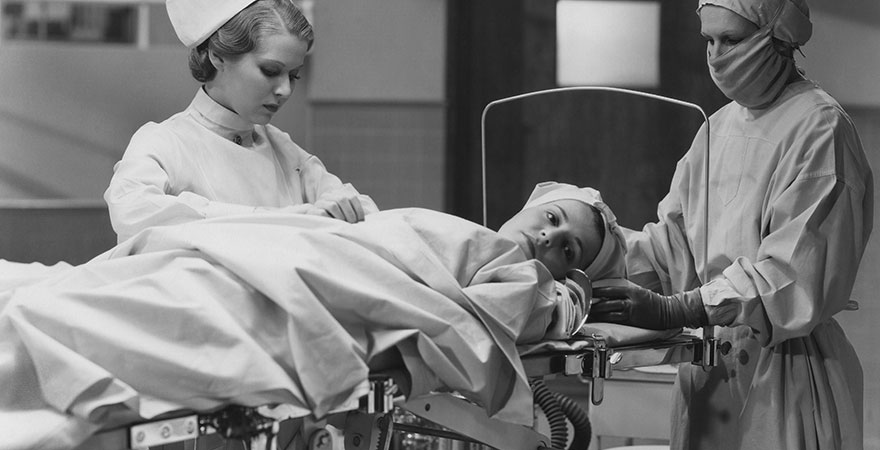An innovative history of shoulder replacement surgery- a legacy to be followed for centuries
The 21st century has seen the uplift of modern medical surgery methods as well as in treatments of critical diseases. But some procedures like shoulder replacement surgeries, medically known as shoulder arthroplasty was a discovery of the bygone era which has been continued as a legacy generated by Charles S. Neer over the years and would be followed shortly too.
Unleash the history of shoulder replacement surgery:
History of shoulder arthroplasty (shoulder replacement surgery) dates back to 1892. It was started by Pean who used prosthesis in the shoulder to replace an infected tubercular joint. The history continued to be repeated at a later era, during 1930-40 when several doctors like Wayne Z. Burkhead, MD talked in details about earliest the use of acrylic prostheses which was conducted by several surgeons like Baron and Senn, Lynn, Judet and De Anquin to name a few. Further down the line in 1950 Krueger developed a method Vitallium prosthesis in conjunction with Austen Laboratories of New York where it was based on replicas of cadaver bones. It was used to treat a patient with a vascular necrosis. Six years later De Anquin modified Krueger’s method and evolved a new surgery method of the acrylic prosthesis to a metal component, which had fenestrations in the stem similar to Krueger’s design.
The modern era of shoulder replacement surgery:
The modern era in this genre of operation saw advancement in techniques which started from mid-40. The father of modern should replacement surgery which is followed even today is known as Charles S. Neer II. He graduated from Dartmouth University and the University Of Pennsylvania, School Of Medicine. At that time, he was facing apathy seeing the conditions of patients with fracture of the proximal humerus which got treated with resection of the humeral head. His work and the first photographed surgery reports got published in American Journal of Surgery in 1953. At an initial stage, the surgery originally known by the name of Neer I was made of cast cobalt-chrome alloy called Vitallium. It consisted of one stem size. The head boasted a 44-mm radius of curvature, which was the average of measurements of 50 dried bones.
Newer designs of prosthesis:
From 1980, orthopaedics involved some newer designs for unconstrained shoulder prostheses. It was in 1983 that Robert Cofield, MD while working with Richards Orthopaedic Co., introduced a humeral component with tissue ingrowths. In the upcoming year, a metal-backed glenqoid with tissue ingrowths was introduced. Apart from this, other modular shoulder replacement surgery methods were developed in the mid-1990s, including the Foundation Shoulder by Richard Friedman, MD. Along with this some other models also came like Atlas Shoulder and the Kirschner Modular IIC designed by Edward Craig, MD, and initially marketed by Kirschner and now Biomet. Again in 1999, the Bigliani-Flatow Shoulder was brought in to market from Zimmer by Louis Bigliani, MD, and Evan Flatow, MD.
All the credits for modern shoulder replacement surgery should surely go to Dr Neer for his pioneering work in the development of shoulder arthroplasty who had been a great innovator, a great teacher and an excellent surgeon. It is because of his revolutionary work; many people are reborn with a problem free shoulder which allows them to move around freely and enjoy life.

